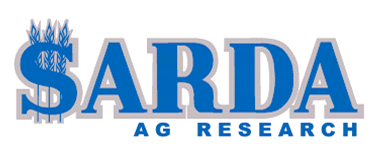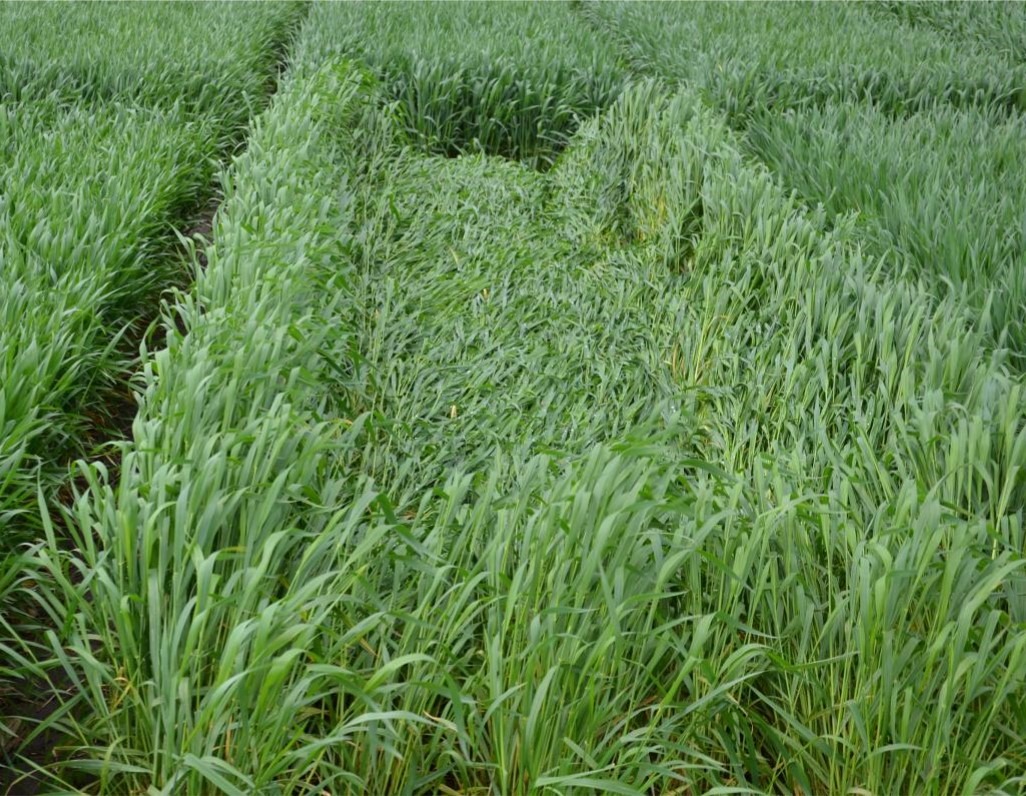A Summary of Sheri Strydhorst’s Agronomy Update Presentation on January 20, 2015
Introduction
Lodging is a major factor in our cereal crops in Western Canada. As a farmer I understand how it feels to fight with a flat wheat crop at harvest. The heart sinking feeling of pulling into a field with the combines and seeing what was a beautiful wheat crop now flat on the ground and knowing how difficult it’s going to be to harvest is a common feeling among growers. Not only is lodging inconvenient but Sheri cites that It can reduce yield by anywhere from 7% to 35% and decrease grade through sprouting. Can we look to Plant Growth Regulators (PGRs) to help us with these issues in Western Canada? Is it cost effective or only for convenience?
First of all, what are PGRs? These synthetic products impact hormone activity within the plant.
There are two types of PGRS.
One: Ethylene releasing compounds. These PGRs shorten crops by blocking auxin transport, auxin being the plant hormone responsible for cell elongation and shoot growth. An example of this is the product Ethrel by Bayer Crop Science. Although these products are available they are not recomened by Bayer Crop Science due to the very small application window and risk of damage if the window is not hit perfectly.
Two: Inhibitors of GA biosynthesis. These inhibit early gibberellin biosynthesis which is the plant hormone that stimulates longitudinal growth. An example a GA biosynthesis inhibitor is Chlormequat-Chloride which is what Manipulator from Engage Agro uses.
Since Ethrel from Bayer is not a recommended product we will narrow our focus to the type of product that is recommended, which are GA inhibitor products like Chlormequat-Chrolride (Manipulator).
Staging for PGRs is crucial to seeing positive benefits. GA inhibitors like Manipulator should be applied at BBCH 30-31, when stem elongation is just starting which is usually 5-6 leaf stage. This product can be applied slightly later at flag leaf with a fungicide and only be slightly less effective. Early application with herbicide has shown to be the least effective timing. To get the perfect timing for GA inhibitor PGRs a separate spraying application would have to happen between herbicide and fungicide timing.

Figure 1.
Adequate Moisture (263-425mm). No yield increase for CCC (Manipulator) on Foremost CPS wheat in these three growing environments.

Figure 2.
Drier Environmments (101-194 mm). Slight yield decrease for CCC (Manipulator) on Foremost CPS wheat in these three growing environments.
Summary:
No major yield increases were observed from the small plot data for PGRs. In dry environments we actually see that slight yield decreases are possible, which means in a dryer year where lodging in not likely, spraying PGRs could actually have a negative impact.
Application of a PGR would most likely be in a year with plenty of moisture to create a heavy crop. We have seen no yield increase from PGRs on our plots even in wet years, but keep in mind that the research plot didn’t have the same lodging issues that you might see at a field scale. If field yield losses in a lodged crop come from physically leaving behind crop then those yield gains wouldn’t be represented in these trial but would be something to consider in a farm application. Even through yield increases weren’t observed, the crops applied with CCC (Manipulator) we’re noticeably shorter and would presumably better withstand a lodging situation.
Conclusion:
If there is no yield decrease to applying PGRs in a wet year like we see in figure 1 but no conclusive yield increase ether then is the product price tag worth the easier harvestability of a standing crop?

